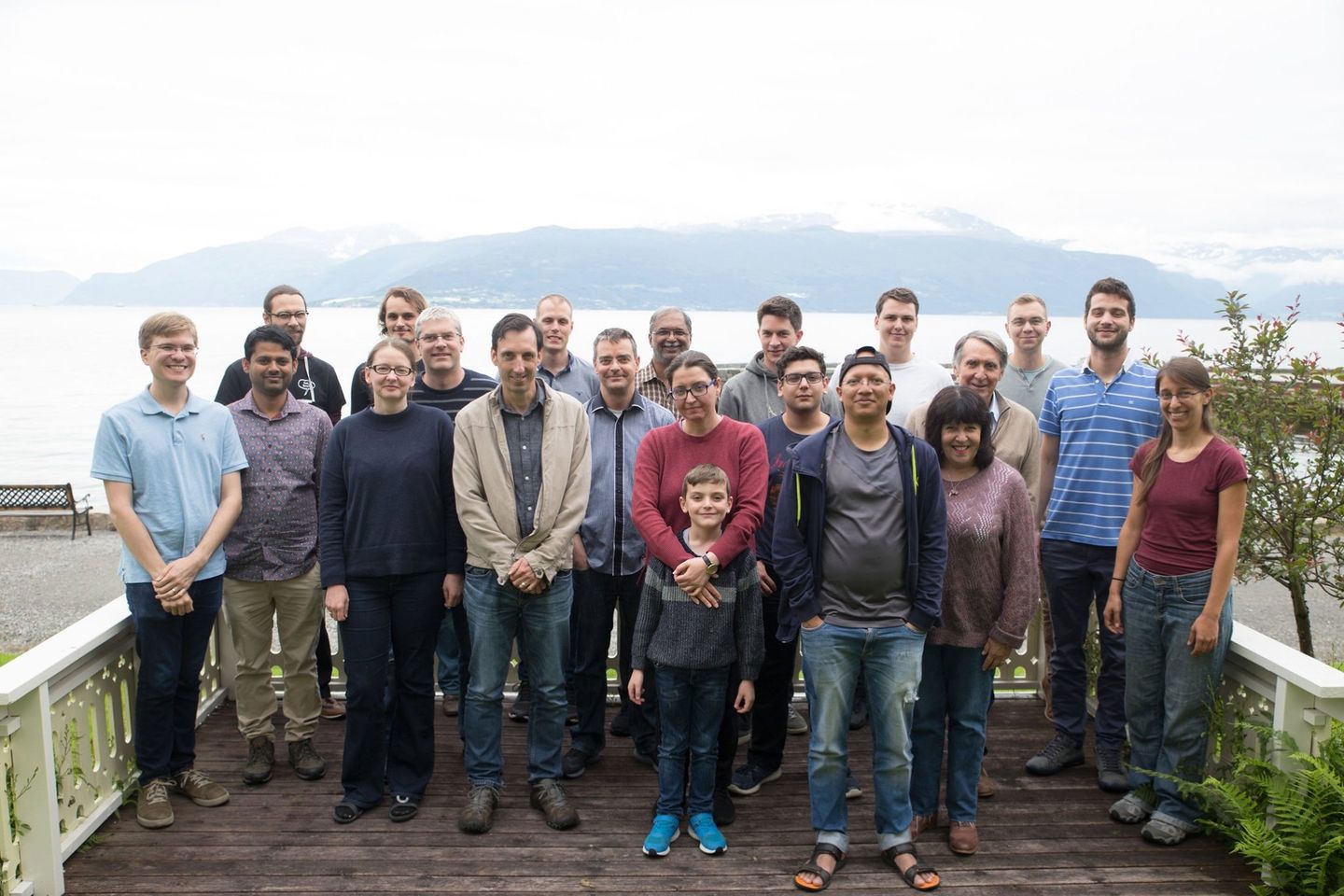
PASIPHAE: A step closer to discovering the unknown
For some time now, she has also lent her name to an ambitious project that has the potential to take on mythical proportions for the international scientific community and beyond: PASIPHAE, the Polar-Areas Stellar-Imaging in Polarization High-Accuracy Experiment.
Led by Kostas Tassis from the University of Crete, with the participation of Vasso Pavlidou, founding member of the PASIPHAE collaboration and professor of Theoretical Astrophysics at the Department of Physics, from the University of Crete in Greece, the project brings together researchers from institutions around the world to better our understanding of the universe, including its creation in the Big Bang. Using advanced polarimetry technology, the researchers are measuring the light coming from stars that are far away from the plane of the Milky Way to reveal important physical and cosmological processes.
An early achievement of PASIPHAE is the 3-dimensional mapping of a major portion of our galaxy and its magnetic field, encouraging subsequent scientific efforts to capture most of the Milky Way in 3D. These measurements promise to reveal significant clues about the early universe and open new horizons in the fields of astronomy and cosmology.
The Stavros Niarchos Foundation (SNF) proudly supports this ambitious venture, which is the result of an international partnership between the University of Crete and the Institute of Astrophysics at FORTH (the Foundation for Research and Technology) in Greece, the Inter-University Center for Astronomy and Astrophysics in India, the South African Astronomy Observatory, Caltech, and Oslo University.
The mapping for this major project will be conducted simultaneously from the northern and southern hemispheres, at the Skinakas Observatory in Crete and the South African Astronomical Observatory in Sutherland, South Africa.